Cost-Effectiveness of CNG as a Fuel Source
The economic advantages of using CNG as a fuel source are influencing the CNG Tank Cylinder Market positively. CNG is often more cost-effective than gasoline or diesel, which makes it an attractive option for fleet operators and individual consumers alike. According to recent analyses, the price of CNG can be up to 50% lower than that of gasoline in certain regions. This cost differential is prompting a shift towards CNG vehicles, which in turn drives the demand for CNG tank cylinders. As more consumers recognize the financial benefits of CNG, the market for CNG tank cylinders is expected to expand, reflecting the growing preference for this economical fuel alternative.
Increasing Demand for Clean Energy Solutions
The CNG Tank Cylinder Market is experiencing a notable surge in demand for clean energy solutions. As environmental concerns escalate, many countries are prioritizing the reduction of greenhouse gas emissions. This shift is prompting a transition from traditional fossil fuels to cleaner alternatives like compressed natural gas (CNG). The International Energy Agency indicates that the use of CNG in transportation could reduce CO2 emissions by up to 25% compared to gasoline. Consequently, the demand for CNG tank cylinders is likely to rise, as they are essential for storing and transporting this cleaner fuel. This trend is further supported by government incentives aimed at promoting the adoption of CNG vehicles, thereby bolstering the CNG Tank Cylinder Market.
Government Policies Promoting Alternative Fuels
Government policies aimed at promoting alternative fuels are playing a pivotal role in shaping the CNG Tank Cylinder Market. Many governments are implementing regulations and incentives to encourage the use of CNG as a cleaner fuel option. For instance, tax breaks, subsidies, and grants for CNG vehicle purchases are becoming increasingly common. These policies not only stimulate demand for CNG vehicles but also necessitate the use of CNG tank cylinders for fuel storage. As regulatory frameworks continue to evolve, the CNG Tank Cylinder Market is likely to benefit from increased investment and consumer interest in CNG technology.
Technological Innovations in Cylinder Manufacturing
Technological advancements in the manufacturing of CNG tank cylinders are significantly impacting the CNG Tank Cylinder Market. Innovations such as the development of lightweight composite materials and improved safety features are enhancing the performance and efficiency of CNG cylinders. These advancements not only increase the safety and reliability of CNG storage but also reduce production costs, making CNG tank cylinders more accessible to manufacturers and consumers. The introduction of advanced manufacturing techniques is likely to lead to a more competitive market landscape, encouraging further adoption of CNG technology. As manufacturers continue to innovate, the CNG Tank Cylinder Market is poised for substantial growth.
Infrastructure Development for CNG Refueling Stations
The expansion of infrastructure for CNG refueling stations is a critical driver for the CNG Tank Cylinder Market. As more consumers and businesses adopt CNG vehicles, the need for accessible refueling options becomes paramount. Recent data suggests that the number of CNG refueling stations has increased significantly, with projections indicating a potential growth rate of 10% annually over the next five years. This infrastructure development not only facilitates the use of CNG but also enhances the overall market appeal of CNG tank cylinders. The establishment of a robust refueling network is likely to encourage further investment in CNG technology, thereby driving the demand for CNG tank cylinders.
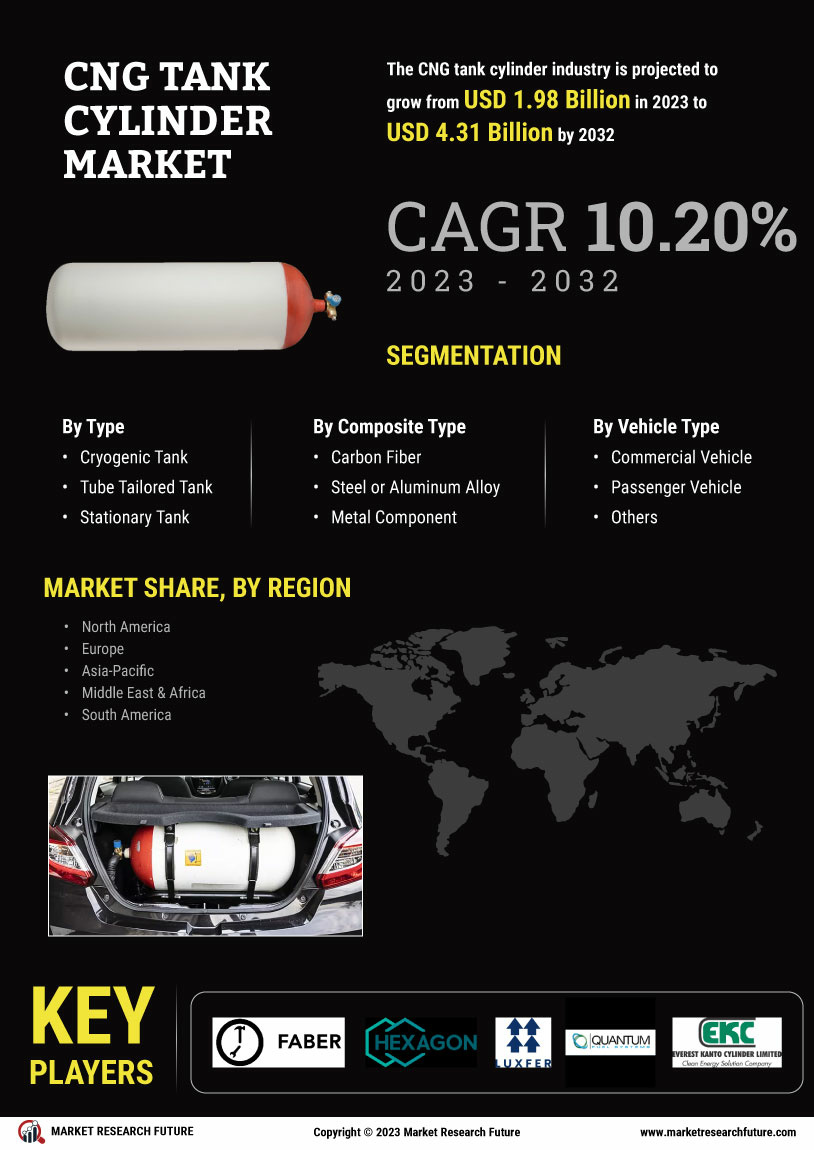

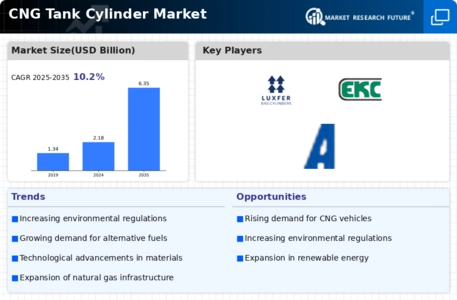
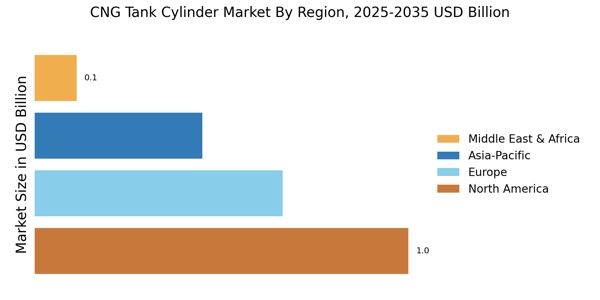
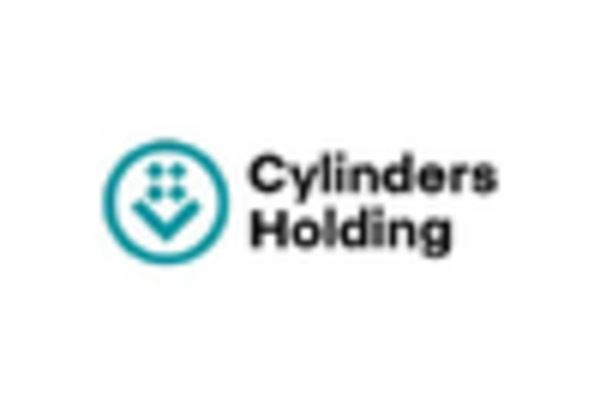

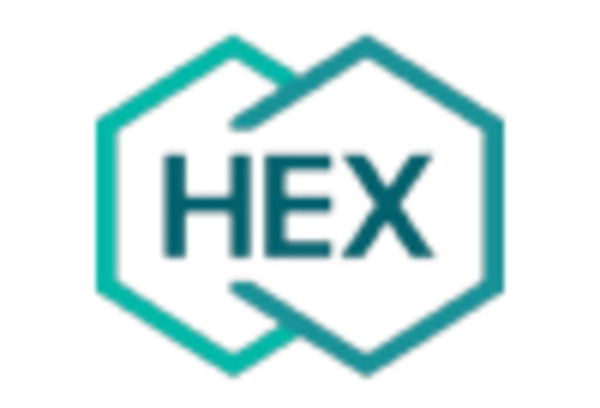
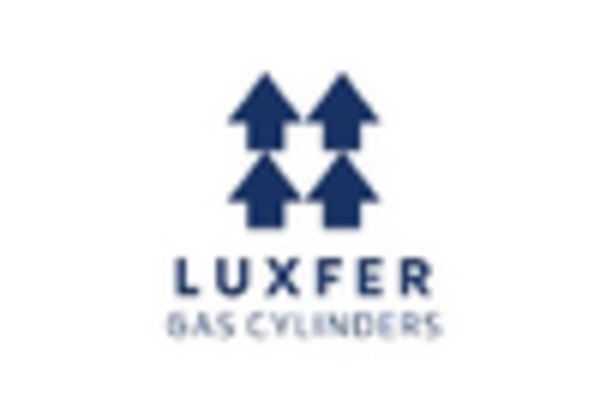










Leave a Comment